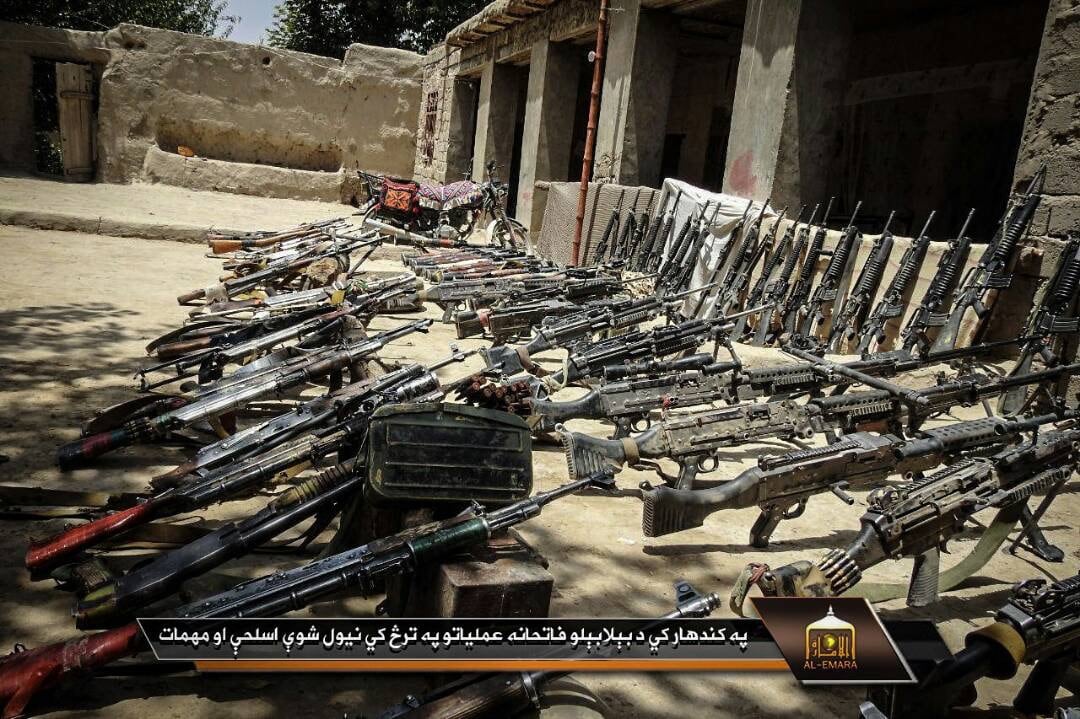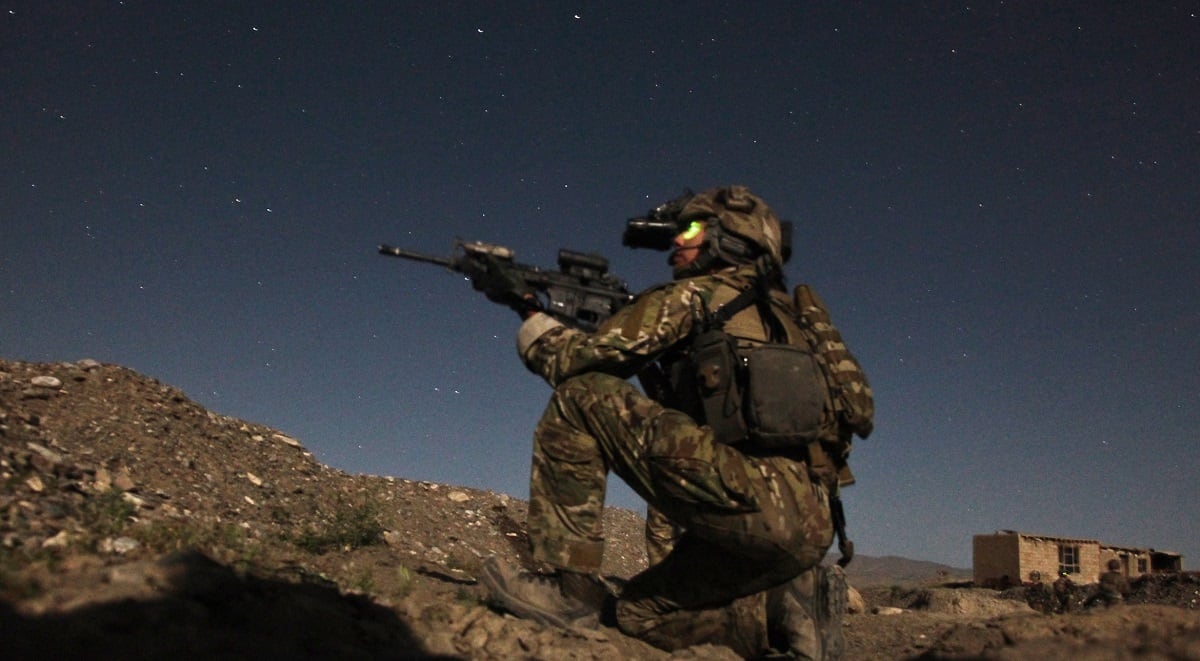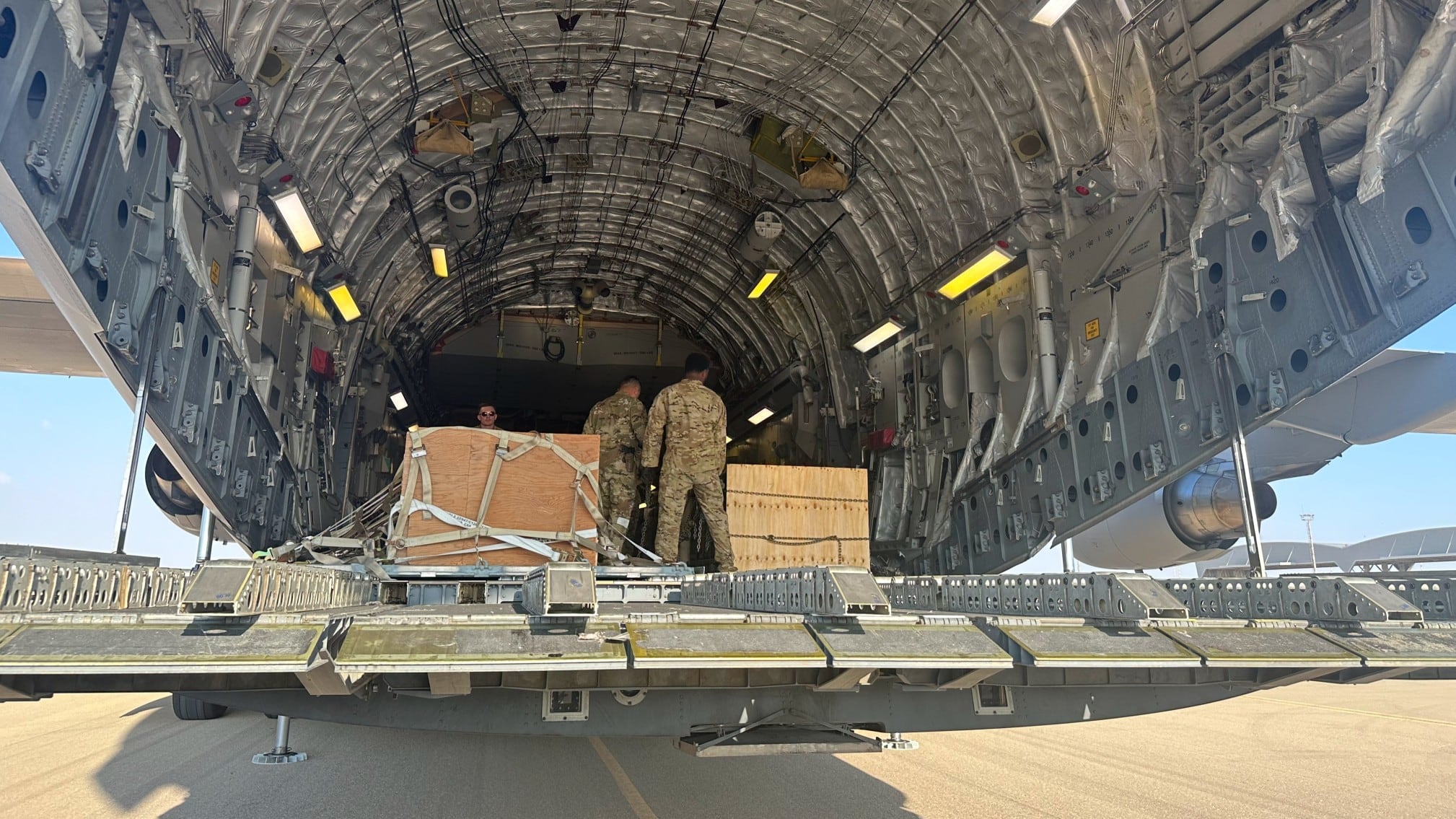The Defense Department is still struggling to develop an Afghan military that can sustain itself, despite the U.S. having spent nearly $84 billion on Afghan security over the past 17 years, according to a new report.
The Government Accountability Office has found that U.S. advisers almost never interact at the tactical level with conventional Afghan troops. As a result, there is little to no oversight over how well regular Afghan soldiers maintain U.S.-funded equipment.
Advisers do spend significant time with Afghan special operations forces, such as the Afghan Commandos, but those troops are generally better vetted, trained and remain more loyal to the Afghan government.
Conventional Afghan troops, though, make up roughly three-quarters of the Afghan National Defense and Security Forces, or ANDSF.
Under NATO’s Resolute Support mission, which began in 2015, U.S. and coalition forces do not embed with Afghan conventional forces below the corps and zone levels except in limited circumstances.
Instead, U.S. advisers must rely on Afghan troops to report information, which, according to Pentagon officials who spoke with the GAO, may be unreliable.
“ANDSF reporting is not verified by U.S. officials and can be unreliable in its consistency, comprehensiveness, and credibility, according to DoD officials and SIGAR,” GAO officials said, using the acronym for the Special Inspector General for Afghanistan Reconstruction. “For example, the ANDSF produce a monthly tracker on vehicle availability, maintenance backlog, repair times, and personnel productivity, but DoD officials told us that the trackers are of questionable accuracy.”
RELATED

Also at issue is the tendency for U.S.-supplied gear to end up in the hands of Taliban fighters and wind up proudly displayed in propaganda videos.
Afghanistan is a major market for illicit arms trafficking and plenty of U.S.-funded weapons and vehicles are captured by the Taliban during raids on Afghan troops.
Ford Ranger trucks, for instance, are often supplied to Afghan National Police by the United States, but are routinely captured by the Taliban during raids on poorly defended police bases and checkpoints.
What equipment isn’t lost in battle, or possibly sold off, is rarely maintained organically by Afghan troops.
“DoD officials could not say how well ANDSF personnel on the front lines operate radios in the field and had only limited information on the ANDSF’s ability to maintain radios,” according to the report from GAO, the U.S. agency charged with auditing the federal government’s spending habits. “For example, the officials noted that the [Afghan National Army] conventional forces can perform some unit-level radio repairs but that complex ANA radio maintenance and all ANP radio maintenance is conducted by contractors.”

The accountability of Mobile Strike Force Vehicles is especially concerning.
“DoD has bought 678 Mobile Strike Force Vehicles, an upgraded variant of the U.S. Army’s M1117, for the [Afghan National Army] beginning in 2012,” Air Force Lt. Col. Michael Andrews told Military Times last year.
However, the GAO’s analysis found that information pertaining to the ANDSF’s ability to operate and maintain those vehicles was severely lacking.
“Officials were able to provide operation and maintenance information for MSFVs that had transferred to the specialized forces as of January 2018 but were unable to provide operation and maintenance information for any other MSFVs,” the report reads.
RELATED

The ANDSF began transferring one of the the force’s two MSFV brigades from the conventional to specialized forces in August 2017, according to DoD officials. As part of this transfer, NATO special operations advisers — who provide tactical-level advising for Afghan special operations forces — assumed oversight for the first brigade, according to the GAO report.
“DoD officials stated that the ANDSF’s ability to operate and maintain MSFVs in this brigade prior to the transfer was unknown, as neither Resolute Support headquarters nor the ANA had assessed this," the report reads. "The operation and maintenance abilities of the second brigade, which is still in the conventional forces, remains unknown.”
The GAO report adds that the U.S. Army’s newly minted Security Force Assistance Brigade may be able to collect and report on the tactical abilities of units they advise and accompany on missions since they are being deployed at or below the corps and zone levels.
Kyle Rempfer was an editor and reporter who has covered combat operations, criminal cases, foreign military assistance and training accidents. Before entering journalism, Kyle served in U.S. Air Force Special Tactics and deployed in 2014 to Paktika Province, Afghanistan, and Baghdad, Iraq.




